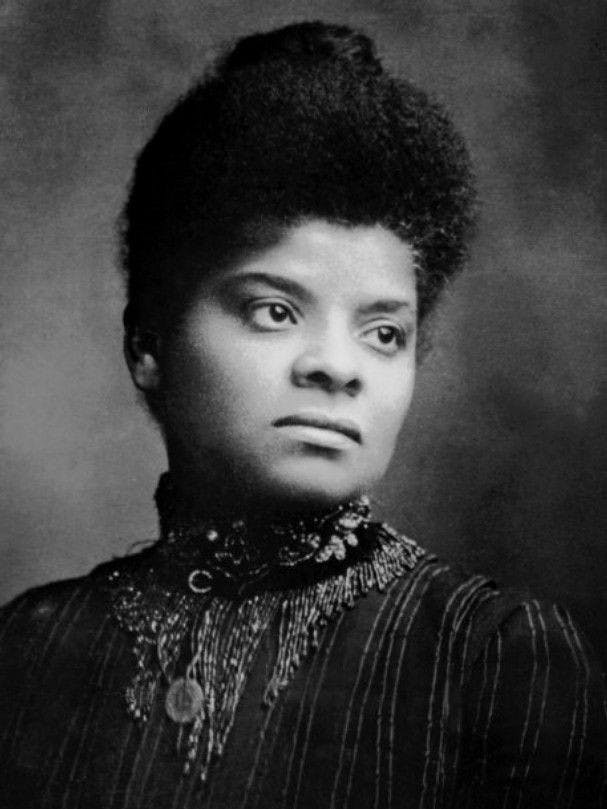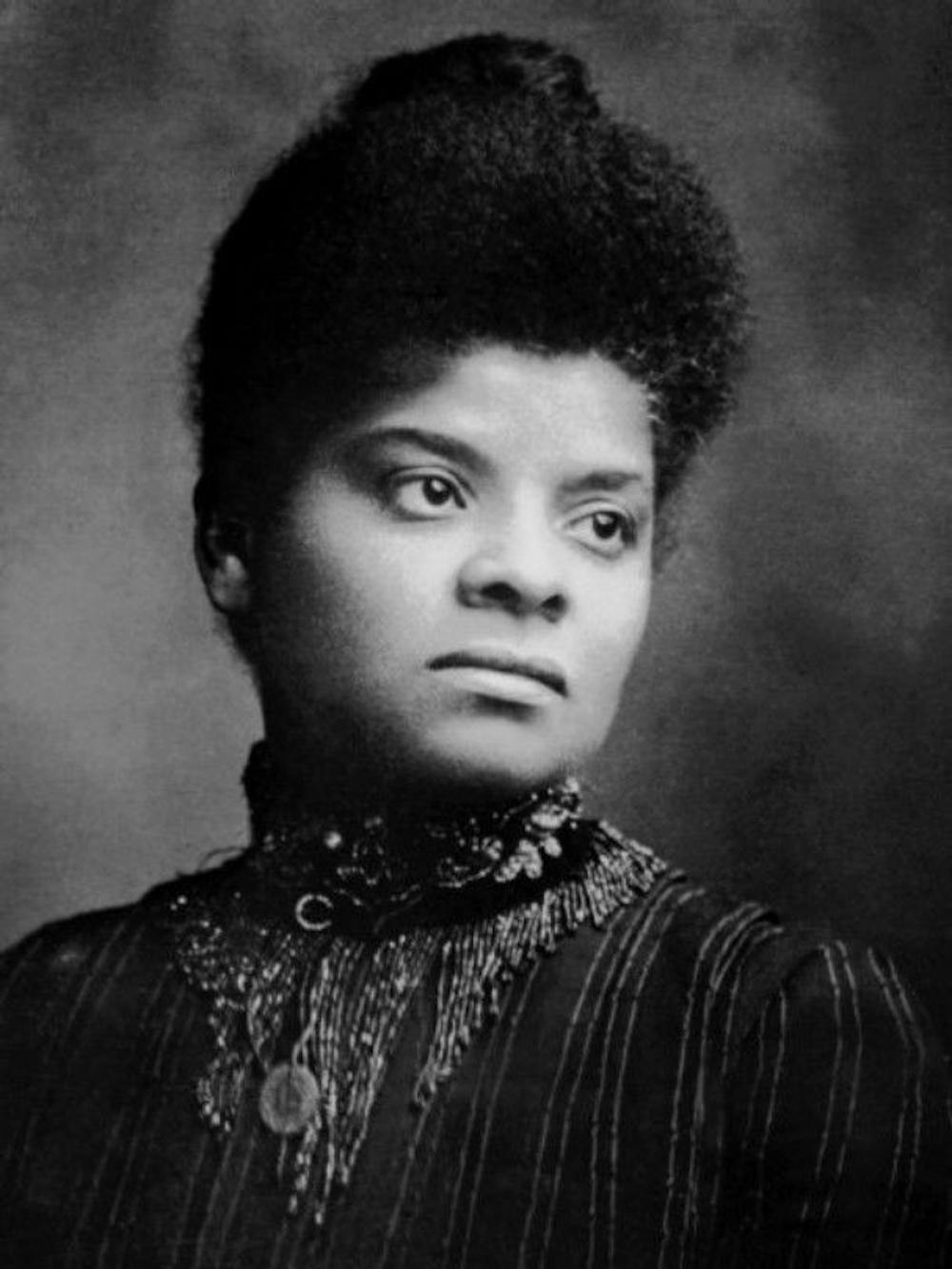
Ida B. Wells
Black History Month is in full swing, and many black individuals who paved the way for equality are being remembered and observed. The story of black people achieving true freedom cannot be told without discussing Ida B. Wells.
Wells was born on July 16, 1862, in Holly Springs, Mississippi. She experienced slavery for the first three years of her life until the Emancipation Proclamation of 1865 freed her family.
Seeking better pay as a teacher, Wells moved along with a few of her siblings to Memphis. She found work as a teacher and also attended classes at LeMoyne-Owen College and Fisk University during the summer.
Wells rose to prominence on May 4, 1884, when she wrote a column for The Living Way, a black newspaper. She wrote about her experience on a train owned by the Chesapeake and Ohio Railroad. During the train ride, the train crew instructed her to move to the car for black people.
Wells hired an attorney and won her case for $500. After moving on from the incident, she became co-owner of The Free Speech and Headlight, a black-owned newspaper located in Memphis in 1889, but an event three years later led to Wells becoming a national figure in the fight against the mistreatment of black people in the South.Â
On March 9, 1892, William Stewart, Calvin McDowell and Thomas Moss were shot to death in a Chesapeake and Ohio Railroad by a vicious mob. The People's Grocery was located in Memphis and owned by McDowel and Moss, and Stewert worked as employees. Stewart and McDowell came to the aid of a black child being brutalized by a white man, yet the story was spun to portray the black men as the ones who started the armed riot. As a result of the attack, the men were killed by a vicious mob of 75 men.Â
When Wells heard about the incident, she wrote in Free Speech and Headlight urging black people to leave Memphis because of the brutality and the amount of injustice the three men received.
Wells began investigating lynchings that occurred in the South in a pamphlet she released called Southern Horrors: Lynch Law in All Its Phases. In the pamphlet, she detailed many cases of lynchings that were supposedly because of 'black men raping white women.'Â
As Wells went on to state, she discovered the two main reasons lynchings occurred; the fear of black economic progress and the desire of many whites to have blacks to be viewed as second-class citizens in the South.Â
"Ida B. Wells faced much criticism for publishing such a scathing report of the lynchings occurring in the South," said Earnestine Jenkins, an African- American art history professor at the University of Memphis. "Despite threats on her life, she still courageously wrote the truth and stood behind her work until the end."Â
Wells' newspaper business was burned to the ground in 1892. She never returned to Memphis, but she did continue the crusade for equality for black people and for women. In 1895, she collected around 14 pages of information that detailed the lynchings that happened in a between 1892 and 1895.
Wells also published a detailed and thorough book called The Red Record, which included the stories of lynchings ranging from 1863 to 1895.Â
Wells hosted speaking tours in United Kingdom and other countries and gained supporters of all races on the international level. Many understood the severity of the issues Wells passionately fought for, and she was credited for drawing attention to them.
Wells passed away when she was 68 on March 25, 1931. She was inducted into the Women's Hall of Fame in 1988, which exemplifies the type of woman she was and the truth she provided to millions of people, regardless of the backlash and threats she received.
Wells will always be viewed as a legend in the journalism industry and the fight for black equality in the late 19th and early 20th centuries.




